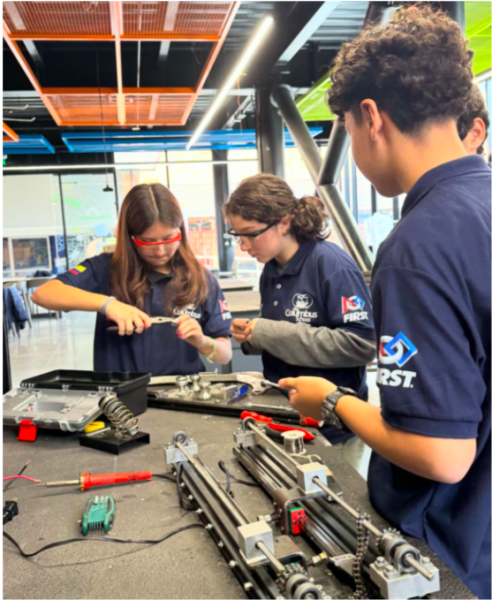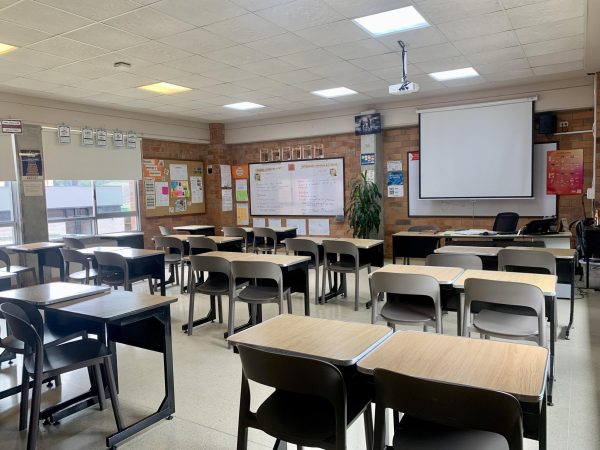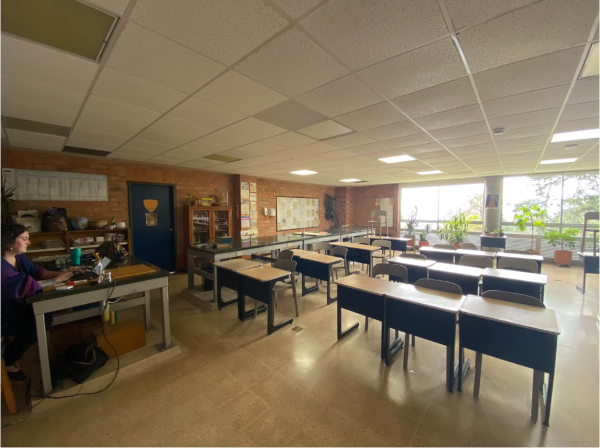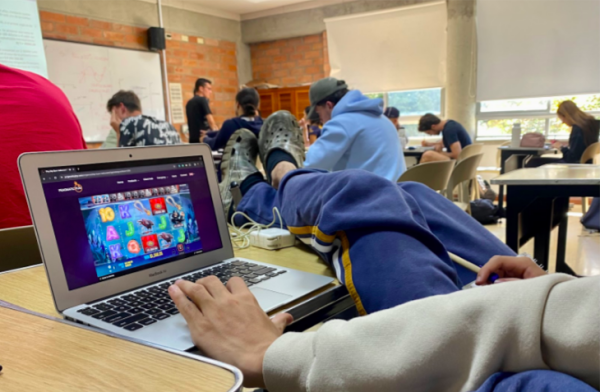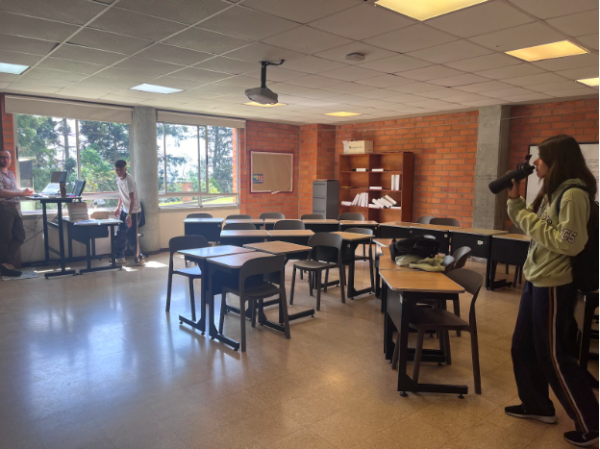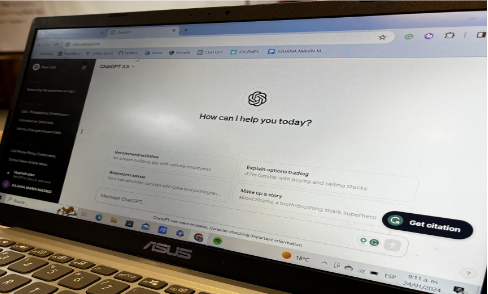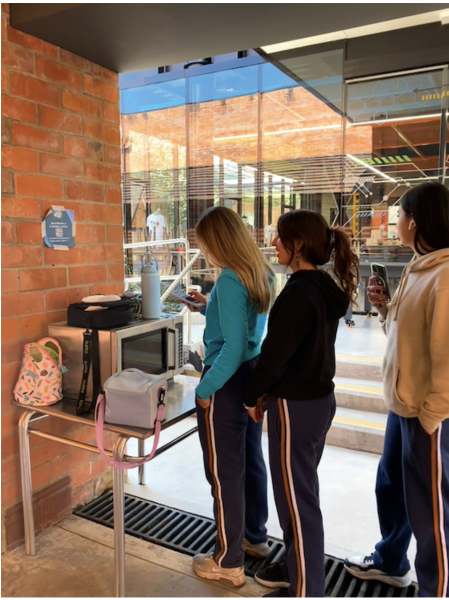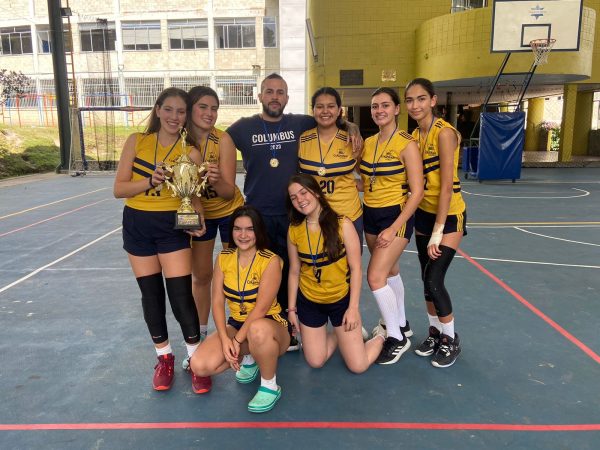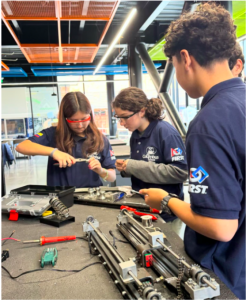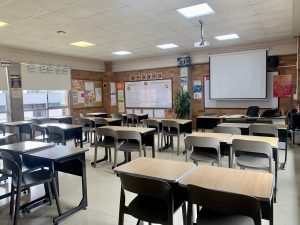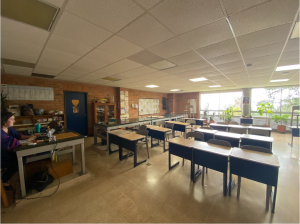If It Ain’t Broke, Don’t Fix It
Students and staff are aware of the changes made to the internet access for the second semester of the 2017-2018 school year and are all suffering the disadvantages of the new way of accessing the internet. Although everyone is aware of the inefficient way of accessing, no one is able to explain either why the school did this or if they are even trying to fix it. Tech 911’s responses to this questions seemed vague and lacked any sort of backup to justify the changes, as Juan Esteban Maya Alvarez, a school technician stated “[The changes made were] more than anything and mainly for security so that [students] have a better surfing experience.” As these reasons seem lacking any sort of justification to being able to get away with a change of this magnitude, the school once again tried to fix something that wasn’t broken and managed to make it worse.
Students are not happy at all with the new way of accessing the internet. It greatly wastes their class time as they are forced to switch back and forth from their own devices, as the new policy limits the number of devices each student can connect to the internet. Laura Loaiza, a High School Junior said “You lose so much time because you have to switch back and forth from your computer to your phone.” This new way of accessing is not only making things much more complicated, but also it’s having an effect on the performance and efficiency of students in their classes. Students have also shown disagreement and disbelief with the policy of only having access to one device, as Loaiza said, “I think that it’s so cheap from the school; it’s like they don’t have money to have like two devices connected.” This concern has surfaced the idea that the school is being “cheap” by only giving access to one device per student. According to Las 2 Orillas and many other sources, The Columbus School is the third most expensive school in Colombia, showing to a bigger extent of how the student’s parents are paying huge amounts of money to the school, so that their children are forced to use only one device, because the school won’t provide internet to more than one device. Finally, this recurring problem of access has had no major signs of being solved. As Loaiza said, “It is not solved at all, they’re creating a bigger problem.” This goes to show that the only effort made by the school is to teach students how to access it without problems, although this movement might help through the efficiency in classes, the main problem is not being solved, which is having to actually log in to the internet, instead of having a standard connect and disconnect internet around the school. This disagreement not only comes from the students themselves but also from the point of view of teachers.
Teachers are also taking a hit from this new way of accessing the internet. They also prefer the past internet as Andrew Ambron, 10th and 12th grade English teacher said, “As of right now, the internet at the end of the first semester worked better than the current new setup.” Not only this, but they also reported an increase of students having problems with connectivity to the internet. Although access to the internet doesn’t impact them directly, it greatly affects their own classes. “”The biggest issue that I see in my classes, is that it’s taking longer for students to get connected to the internet, and more students are having problems either getting knocked off the wifi once their logged on, or not being able to get logged on from one class to another.” This issue is forcing teachers to mix up and change their schedules of classes due to the delays that logging in and accessing produces. Classes that focus more on using technology and the internet are the ones that are affected the most due to the class time being cut by this issue. “I do understand the student’s frustration of they having multiple devices that they would like to have on the internet; it’s an issue that should probably be addressed,” said Ambron, showing how unjust and illogical this one-device policy is.
Overall, the new way of accessing the internet is affecting the entire school, from students and all the way to the teachers and staff. Not only the way of accessing the internet itself is inefficient but it’s also pointless as it creates a whole new complex process for just doing such a simple task as is connecting to the internet. Many of the critiques made to this change have not been taken into account, as the school is not doing any sort of effort to find a more efficient way to connect to the internet. The school, once again, managed to make the internet, which wasn’t broken, broken.



